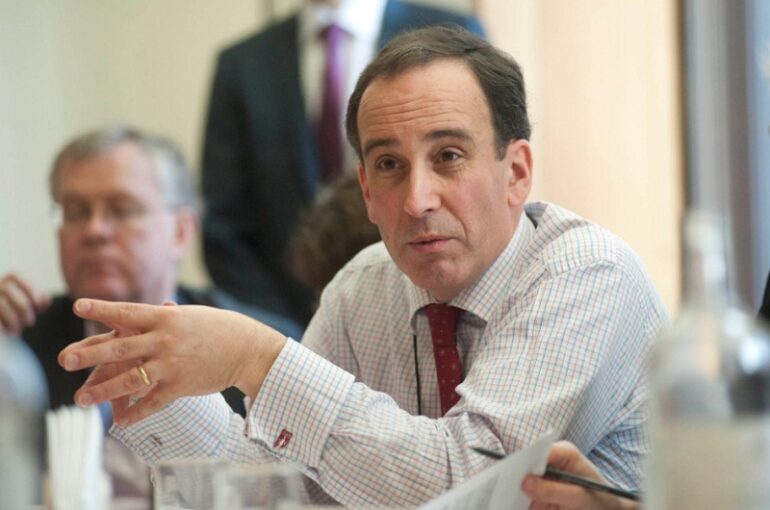Released today, figures from the Building Societies Association (BSA) show that mortgage lending by building societies in the first three months of this year was on a par with lending in the same period last year, when the Stamp Duty holiday was in operation.
Both lending and approvals were higher in January-March 2022 than they were in October-December 2021, immediately after Stamp Duty was re-imposed.
Savings balances rose, but by a third of the increase in the same period last year, when the Covid-19 Pandemic gave fewer opportunities for consumer spending.
The figures show that savings have fallen back more or less to pre-pandemic levels, but with many of those who were able to save still holding a savings buffer.
This buffer by no means applies to everyone and there remains an alarming imbalance across society with many people having little or no savings to fall back on as the cost of living increases bite.
Building society mortgage lending Q1 2022
· Gross lending in Q1 2022 was £17.9bn, on a par with Q1 2021 (£18.0bn) and 11.7% above lending in Q4 2021 (£16.1bn)
· During Q1 this year, building societies approved 111,697 mortgage loans, down 6.0% on the 119,216 approved in Q1 2021 and up on the 102,542 mortgage loans approved in Q4 2021.
· Building societies hold outstanding mortgage balances of £358.0bn, up 4% on Q1 2021 (£343.0bn), a steady 23% share of the total mortgage market
· Building Societies lent to 25,208 first-time buyers in Q1 2022 broadly on par with the 25,735 mortgage loans in Q1 2021
Building society savings balances Q1 2022
· Building societies held savings balances of £333.2bn at the end of Q1 2022, up 5.0% on the £316.8bn held at the end of Q1 2021 and an increase of 0.8% on balances at the end of Q4 2021 (£330.6bn)
· Savings balances increased by £3.0bn in Q1 2022, a third of the £9.1bn increase in Q1 2021 but similar to the £3.6bn increase in Q4 2021
· Across the market as a whole, the growth in savings balances was down 74%. For building societies alone growth was down by 66%
· Cash ISA balances held with building societies increased by £1.3bn in Q1 2022, compared to an increase of £0.2bn across the market as a whole
Robin Fieth (pictured), chief executive of the BSA, said: “The housing market was vibrant between January and March this year, despite rising house prices and the re-imposition of Stamp Duty.
“The fact that building societies lent as much during this period as they did during Q1 2021 with no Stamp Duty payable is testament to their presence and competitiveness in a busy market.
“The limited number of properties being put up for sale, coupled with the rising cost of living is likely to result in a more subdued housing market as the year progresses.
“With over 80% of existing mortgages on fixed rates this won’t apply to the re-mortgage market which we expect to remain active.“
Savings
“One in three people saved more during the pandemic due to their reduced outgoings. Now, even though savings levels have dropped closer to pre-pandemic levels, many of these people still have a savings buffer.
“However, 21% of the population, generally those earning under £30,000, saw their savings drop in the pandemic, adding to the circa 11 million people who have no savings at all.
“With inflation now at 9% and predicted to increase further, this lack of financial resilience will add to the impact of the cost of living crisis which is so horribly real for many people already.”




